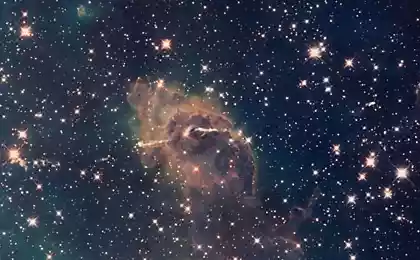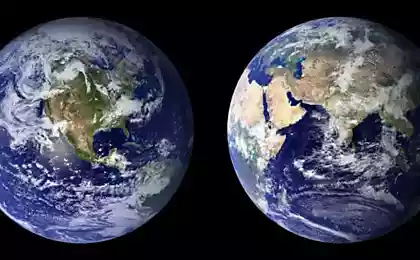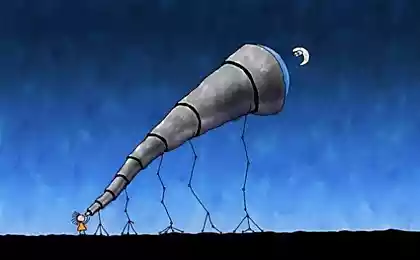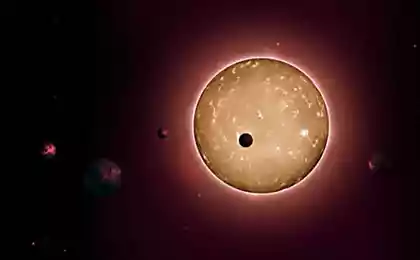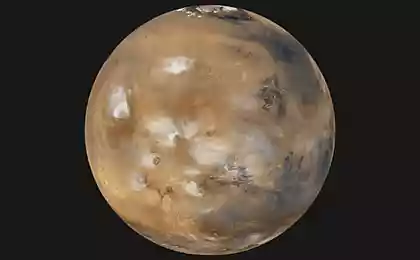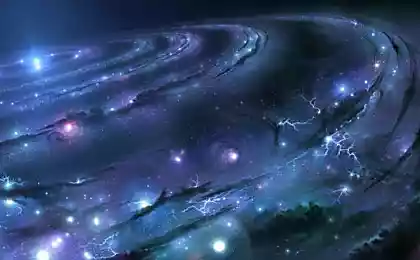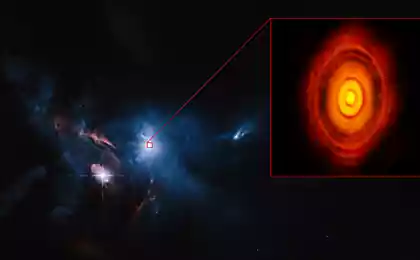1265
Billions of inhabited planets, near us, in our Galaxy
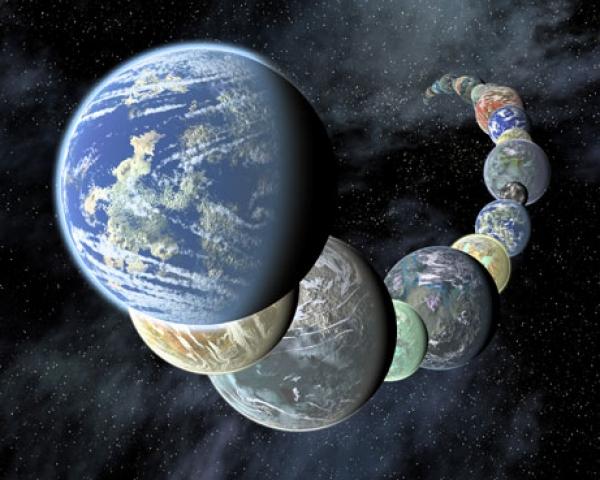
The results are based on a survey of 102 stars in a class called red dwarfs, which are weaker, cooler, less massive and longer there than our sun, and is thought to account for about 80 percent of stars in our galaxy.
The discovery of super-Earths
Using the HARPS spectrograph on the 3.6-meter telescope at La Silla Observatory, the European Southern Observatory in Chile, astronomers found nine planets slightly larger than Earth for the six-year period. These planets are called super-Earths, weighing from one to ten masses of our own world, and two of these nine were found in the habitable zone of their parent star where temperatures are right for liquid water.
Extrapolating from these findings, the researchers estimate that tens of billions of these planets must be found in the Milky Way, and about 100 must be in the immediate vicinity of the sun.
"Our new observations with HARPS mean that about 40 percent of all red dwarf stars have a super-Earth that goes into orbit in the habitable zone, where liquid water could exist on a planet's surface," said in a statement the team leader Xavier Bonfils of the Observatory Des Sciences de l'Univers de Grenoble in France. "Because red dwarfs are so common - there are about 160 billion of them in the Milky Way - which brings us to the astonishing result that there are tens of billions of planets in our galaxy alone»
The two stars have been found in the habitable zone, were discovered around the star Gliese 581 and Gliese 667 C. The latter planet is the second of the three worlds that bring to orbit its star, and seems to lie right in the middle of the habitable zone of Gliese 667 C. Although the planet weight four times as much of the earth, it is considered the closest counterpart, found so far.
In search of life
These and other planets - good candidates for follow-up studies that seek to analyze the atmosphere of these worlds for signs that organisms living there.
"Now that we know that there are many super-Earths around nearby red dwarfs we need to identify more of them using the resources of both HARPS and future devices," said team member Xavier Delfosse. "Some of these planets are expected to be held in front of their parent star as they go into orbit - this will open up an exciting opportunity to study the planet's atmosphere and search for signs of life».
However, there are some problems with the search for life around red dwarfs. Since these stars are cooler than the sun, their habitable zone is much closer than ours. This puts any planets there in the danger zone to be struck stellar eruptions or flares that are common red dwarfs. Such outbreaks can emit X-rays or ultraviolet radiation, which can harm or slow the development of life, scientists say.





